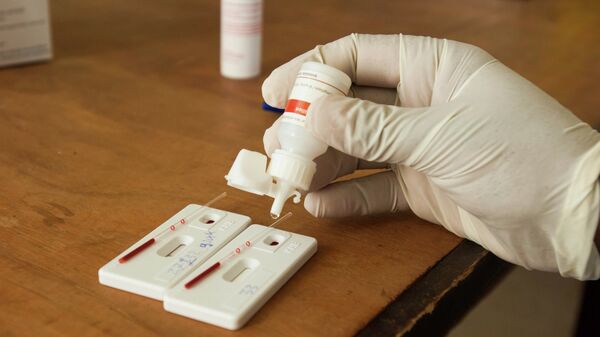The authors of the research claim that this is the first new Group M HIV strain that has been identified since guidelines for classifying subtypes were established in 2000.
"It can be a real challenge for diagnostic tests [...] we can accurately detect it, no matter where it happens to be in the world", Mary Rodgers, a co-author of the report and a principal scientist at Abbott, said, cited by CNN.
Dr. Anthony Fauci, director of the National Institute of Allergy and Infectious Diseases, assured that current treatment practices for HIV are effective against this strain or similar.
"There's no reason to panic or even to worry about it a little bit [...] Not a lot of people are infected with this. This is an outlier", Fauci said, cited by CNN.
According to the report, scientists must register at least three cases of the same virus strain independently before they can declare a new subtype. The first two HIV strains were reportedly found in the Democratic Republic of Congo in 1983 and 1990. A third sample, also reportedly found in Congo, was collected in 2001 as a part of a study aimed at preventing mother-to-child transmission of the virus.
It remains unclear how the newly discovered HIV strain may impact the body, researchers suggest, adding that current HIV treatments can fight a wide variety of virus strains. It is believed that these same treatments can also fight the new version and even drive the virus to undetectable levels in the human body.
"This discovery reminds us that to end the HIV pandemic, we must continue to out-think this continuously changing virus and use the latest advancements in technology and resources to monitor its evolution", another study co-author, Dr. Carole McArthur, and a professor in the department of oral and craniofacial sciences at the University of Missouri, said, cited by CNN.
According to the World Health Organization (WHO), some 36.7 million in the world are currently living with HIV.

